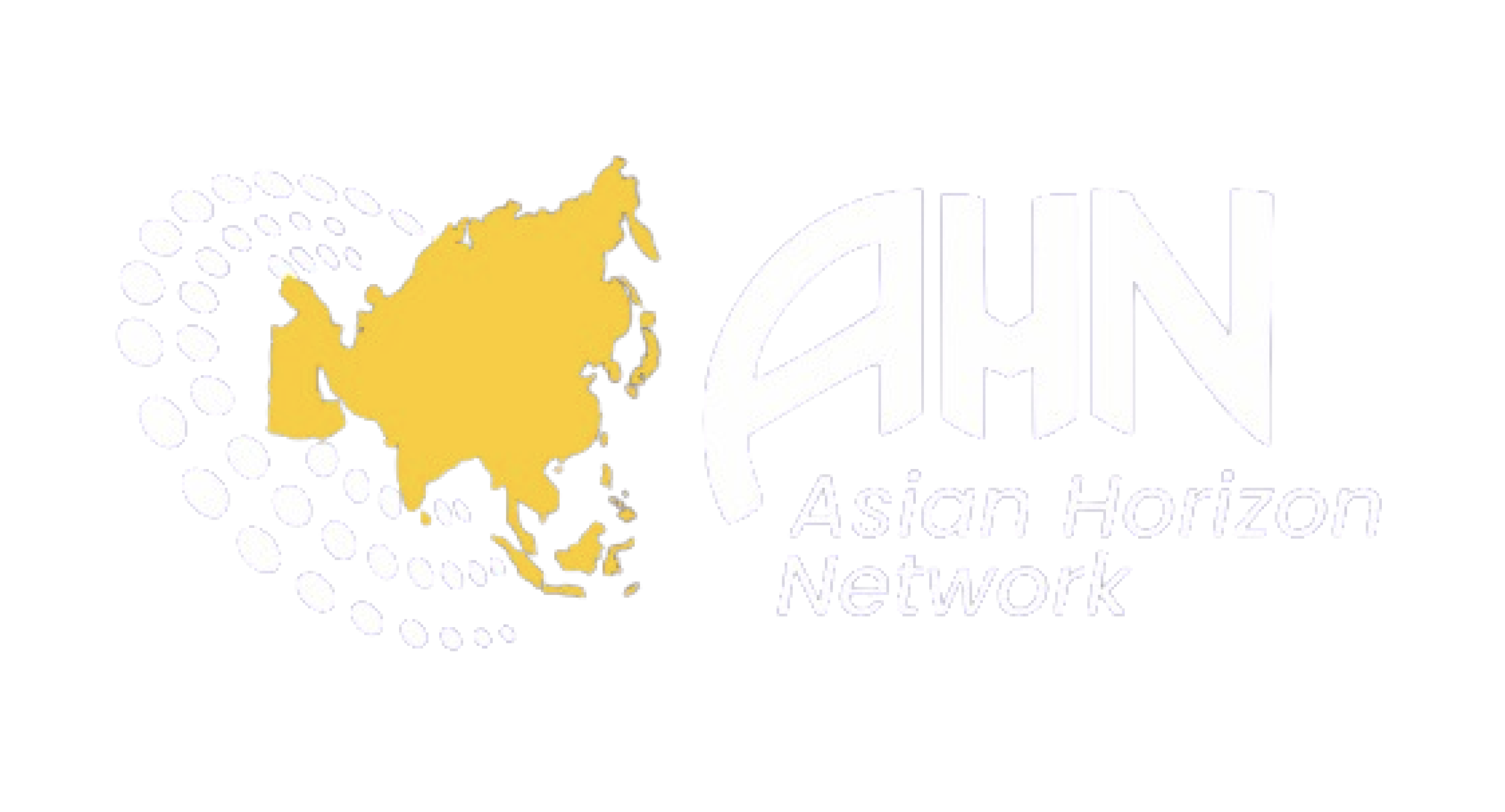World
Southeast Asian countries, significantly affected by U.S. tariffs, prepare for negotiations with Trump.

HANOI/BANGKOK – Vietnam announced on Thursday that it would establish a task force to address the impact of newly imposed U.S. tariffs, while other Southeast Asian nations plan to seek discussions with Washington as they struggle with some of President Donald Trump’s most severe trade measures. Countries like Vietnam and Thailand, which have become major exporters to the U.S. due to manufacturers shifting production from China to avoid tariffs, have been hit particularly hard. Of the nine Southeast Asian nations affected, six received unexpectedly high tariffs ranging between 32% and 49%, significantly higher than the 20% rate imposed on the European Union.
Despite the economic strain, none of these nations have announced plans for retaliatory tariffs. Vietnam, where multinational corporations like Apple, Nike, and Samsung operate large manufacturing facilities, faces a 46% tariff—posing a significant threat to its export-driven economy. Last year, its exports to the U.S. totaled $142 billion, accounting for nearly 30% of its GDP. Following an emergency cabinet meeting, Prime Minister Pham Minh Chinh directed the formation of a task force to address the issue while maintaining the country’s 8% growth target.
“Vietnam’s economic model, built on export-driven growth, has been highly successful in attracting multinational firms. However, a 46% tariff from the U.S. directly challenges this approach,” said Leif Schneider, a legal expert from the international law firm Luther. Vietnam has previously made trade concessions to avoid tariffs and is expected to engage in further negotiations. Adam Sitkoff, executive director of the American Chamber of Commerce in Hanoi, anticipates continued talks to mitigate the tariffs' impact.
Meanwhile, Thai Prime Minister Paetongtarn Shinawatra expressed her intention to negotiate a reduction in Thailand’s 37% tariff rate, which far exceeded the expected 11%. She emphasized that negotiations were crucial to protecting economic growth. Thailand’s economy, which expanded by just 2.5% last year due to rising household debt, is targeting 3% growth in 2025.
Commerce Minister Pichai Naripthaphan voiced optimism about Thailand’s discussions with Washington, highlighting the strong diplomatic ties between the two nations. Malaysia, which received a 24% tariff, stated that it would not pursue retaliatory measures. Instead, its trade ministry will engage with U.S. officials to find a resolution that aligns with free and fair trade principles.
Cambodia, facing the steepest tariff at 49%, is particularly vulnerable as the levies threaten its garment and footwear industries. The country had hoped to attract foreign investment relocating from other parts of the region, but the new tariffs could derail those plans. A Cambodia-based investment consultant described the situation as "very serious," warning that Cambodia lacks leverage in negotiations and is likely to be a low priority in any U.S. trade discussions.
Disclaimer: This image is taken from Reuters.



